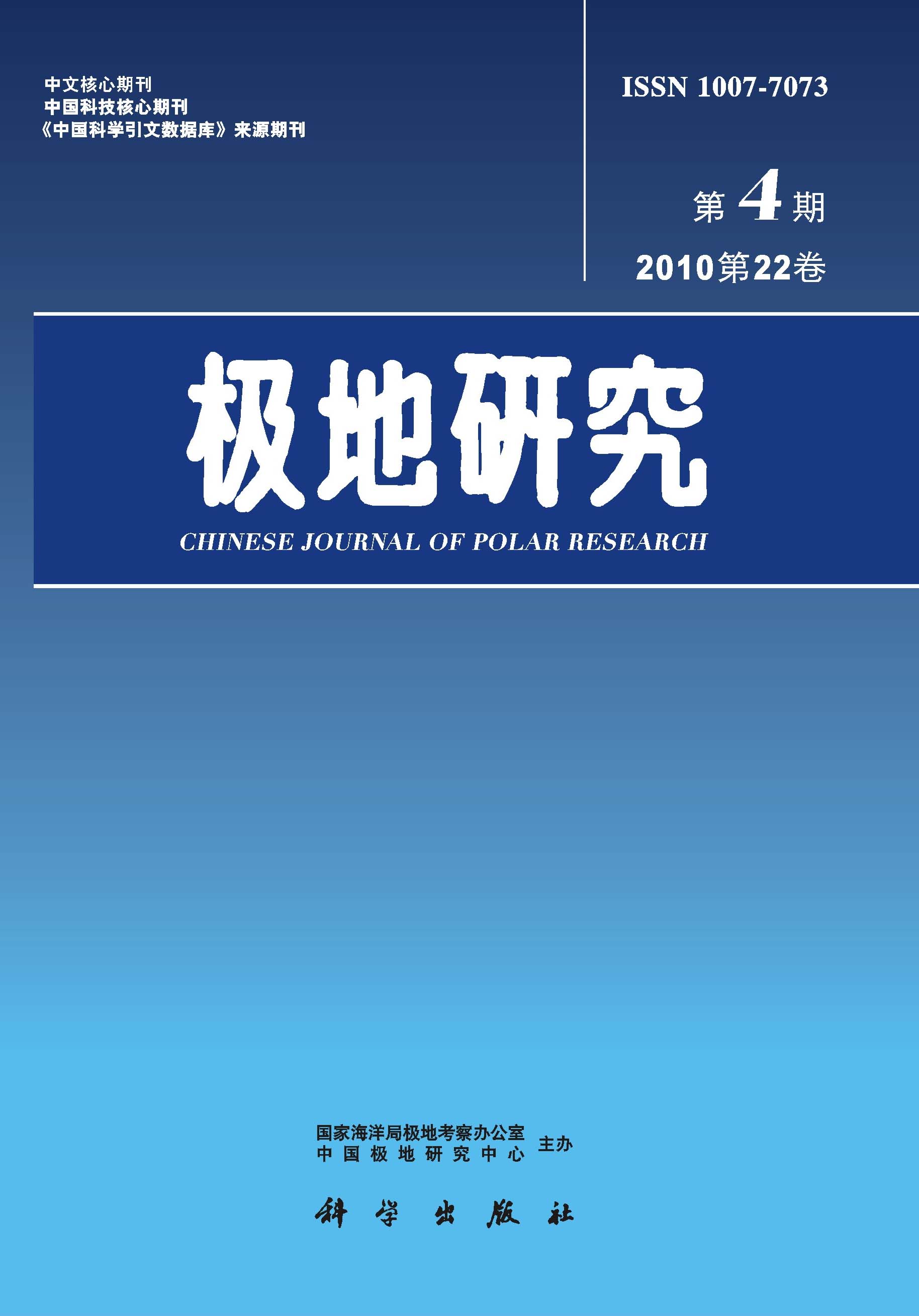Comparison among records from polar ice cores,middle latitude loess profiles and deep sea cores indicates that,the general framework of global change for last 150 000 years is:The last interglacial,beginning in 140 000 years BP and arriving at a period with great prosperity around 125 000 years BP,can be divided into 5 stages,which are three warm stages with two cold stages in polar ice core records,three paleosoils within two loess layers in loess profiles,and three high sea levels between two low sea levels in deep sea core records. The last glacial,from 80 000 years BP to 10,000 years BP,can be divided into three stages,i.e.,early and later glacial stages and interglacial in the middle. The degrees of cold in early and later glacial stages are almost equivalent,but the duration of lowest temperature in later glacial stage was longer than in the early,so the sea level drops lower in the later than in the early. The interglacial can be divided into 7 terms at least,they were 4 warm terms (4 weak paleosoils) with 3 cold terms. Comparing with last interglacial,the climate change in Holocene is more gently. In this framework,a lot of short term and high frequent events in last glacial have been found recently. In these events,the temperature fluctuation is up to 7℃ in years or decades,the environmental change corresponding may be faster. By now the reason of these rapid changes are still unclear,and needs further studies.

